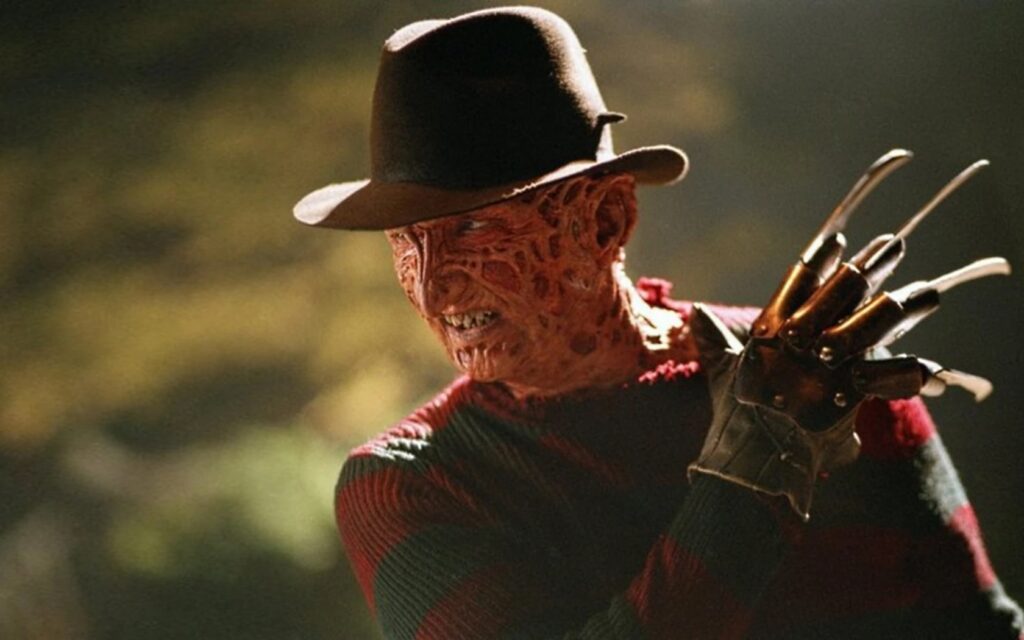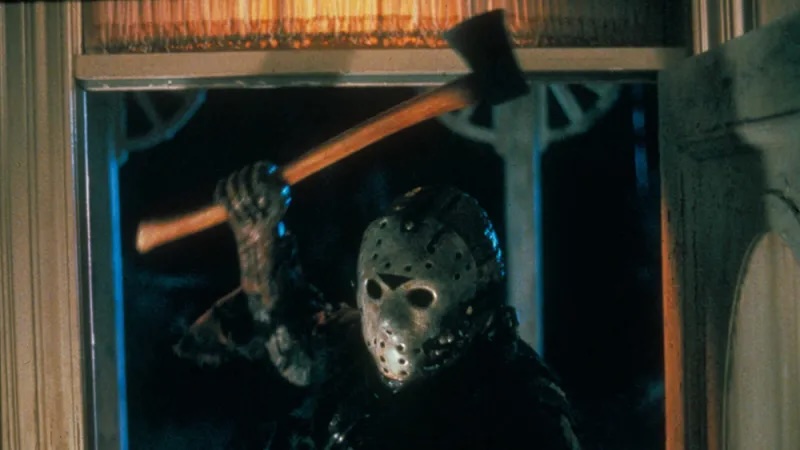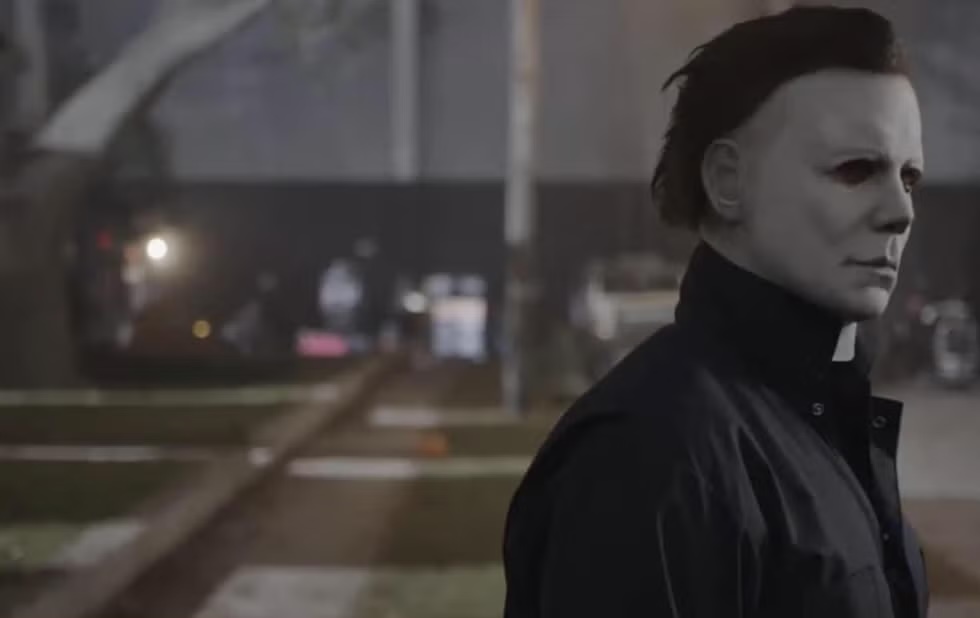
by Nycole Walsh
Welcome to the Slasher School of Brand Strategy
Hollywood has a thing for bringing the dead back to life — especially if they wear masks or wield bladed gloves. Freddy Krueger, Jason Voorhees, and Michael Myers have all been reanimated (many many times), each reboot forced to walk a tightrope: keep the superfans happy, attract a new generation, and somehow not tank at the box office.
Sound familiar, tech marketers?
Whether you’re spinning off a product line, refreshing tired messaging, or dragging a legacy brand into the AI era, you face the same tension: honor what works, ditch what drags, and add a twist the market can’t ignore. And just like horror franchises, B2B positioning is a brutal arena — drenched in nostalgia, crawling with competitors, and one misstep away from flop status.
So in honor of spooky season, we’re heading to (marketing) camp to learn a few tricks from the genre’s most iconic killers. Welcome to your Halloween masterclass in brand strategy.
Why Horror Reboots Are B2B Positioning Gold
Let’s set the scene:
- Novelty has a shelf life. Your 2023 differentiator might already smell like straight-to-DVD by 2026.
- Fans = customers. They’re emotionally invested. And they’ll riot if you mess with the “classic” without a damn good reason.
- Too many look-alikes. Just like every slasher got a knockoff, every SaaS category spawns clones. You need a signature.
Positioning is a promise. But keeping that promise as you scale? That’s the real horror show.
Lesson 1 — Freddy Krueger: Own a Signature Visual and Voice

Only one guy can haunt your dreams and roast you with a punchline while doing it.
In A Nightmare on Elm Street (1984), Freddy Krueger wasn’t just scary. He was absolutely iconic. The bladed glove. The striped sweater. That razor-sharp wit. But in the 2010 reboot they toned down the quips and tweaked the look — and audiences hated it. Turns out, Freddy without the flair is just another creeper in a fedora.
Brand takeaway:
- Anchor on a “hook.” Freddy’s glove is instantly recognizable. Your product needs its own napkin-sketch icon: one stat, image, or feature that burns into memory.
- Protect your brand voice. Strip the humor, the edge, or the humanity, and you lose the soul. Don’t let a copy refresh turn you into a content zombie.
Want people to remember your brand? Give them something unforgettable and say it in a voice that can’t be ignored.
Lesson 2 — Jason Voorhees: Expand the Myth Without Diluting the Fear

Jason didn’t even show up in the first Friday the 13th. But by Part VI, he’s an undead tank who teleports around Camp Crystal Lake like it ain’t no thing. The 2009 reboot? Threw in sci-fi tunnels to explain his omnipresence. Did fans roll their eyes? Absolutely. Did it still sell? Ummmm, yep.
Why? Because even as the mythology ballooned, the core fear — UNSTOPPABLE DREAD IN THE WOODS! — remained intact.
Brand takeaway:
- Scale the story. Don’t rewrite it. Adding features or verticals? Great. Just make sure they deepen your brand promise, rather than break it.
- Modular storytelling wins. Each sequel works solo, but ties into the larger myth. Your marketing assets should do the same.
The moment you confuse people about what you are, you lose them. Have fun with the wrapper, but keep the promise the same.
Lesson 3 — Michael Myers: Strip the Lore, Reclaim the Throne

Let’s be honest: Halloween got real weird. Cults. Curses. Reality TV. But in 2018, the franchise wiped the slate clean, ditching decades of convoluted lore and returning to its roots. It ignored every sequel after the 1978 original, and audiences loved it.
Sometimes less is more.
Brand takeaway:
- Prune what confuses buyers. That bloated feature set? The janky pricing tiers? Kill it with fire. Growth isn’t always additive.
- Leverage nostalgia as proof. Legacy customers aren’t dead weight, they’re your loudest advocates. Put them front and center.
When in doubt, ask: If we launched today, would we tell the same story? If not, it’s time for a reboot.
Putting It All Together: Your Franchise Reboot Checklist
Step 1:
Audit legacy assets & customer lore. What visuals, phrasing, or features do fans (customers) cling to?
Suggested Timeline: Week 1
Step 2:
Identify the “non-negotiables.” What fear (aka pain point) do you solve better than anyone?
Suggested Timeline: Week 2
Step 3:
Prototype the sequel narrative. What’s the fresh angle? A new use case, new persona, an unexpected vertical?
Suggested Timeline: Weeks 3-4
Step 4:
Validate it with real users. Run a pulse survey. See what resonates (or flops) with fans and newcomers.
Suggested Timeline: Weeks 5-6
Step 5:
Launch the teaser. A blog, a LinkedIn carousel, a punchy deck — test before you go full trilogy.
Suggested Timeline: Week 7
Give “Final Girl” Energy
Rebranding isn’t for the faint of heart. It’s messy. Political. High-stakes. And if you get it wrong, your brand ends up like Leprechaun in the Hood — alive, technically, but begging to be buried.
But when you get it right? You don’t just survive. You become the monster everyone else tries to copy.
At Kickstand, we help brands sharpen their hook, validate their voice, and roll out positioning with receipts, not just gut feel. So if you’re plotting your brand’s 2018-style comeback, let’s talk before the sequel drops.
No jump scares. Just measurable lift.



